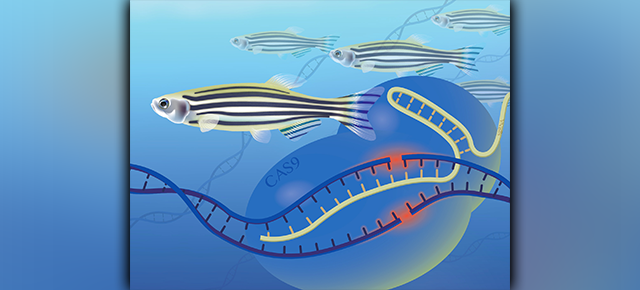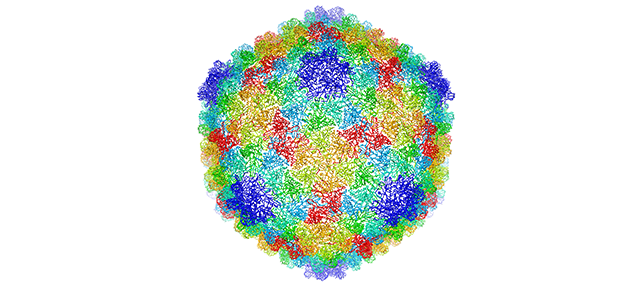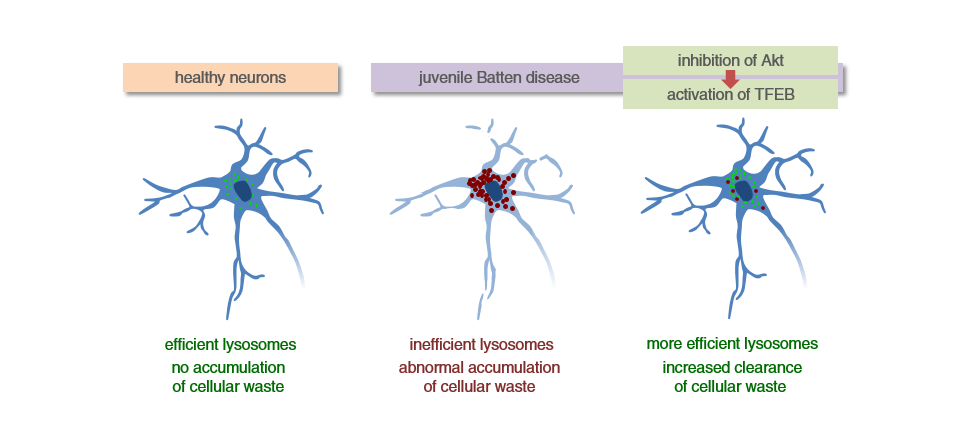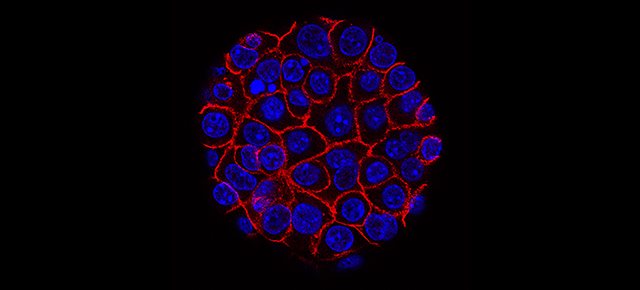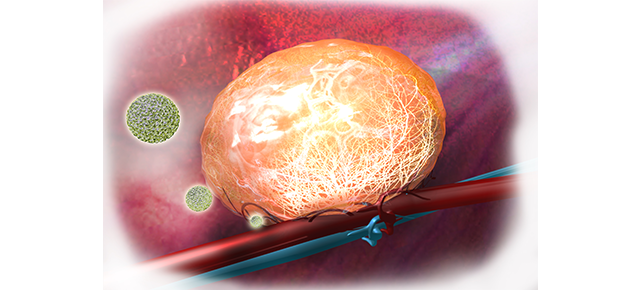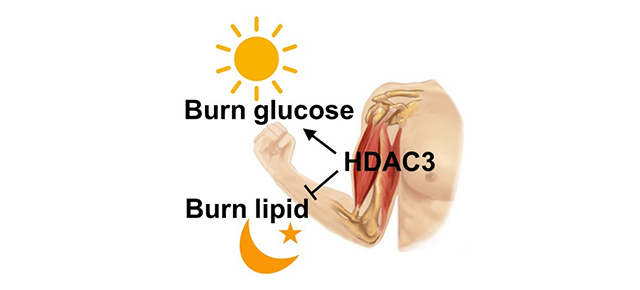No SOX9, no cartilage; and how DDRGK1 causes a rare human skeletal dysplasia
SEMD, Shohat-type spondyloepimetaphyseal dysplasia, is a rare type of skeletal dysplasia that affects the development of cartilage and results in a form of dwarfism with a
Read More
